Movies by Kogonada

After Yang
When his young daughter's beloved companion — an android named Yang — malfunctions, Jake searches for a way to repair him. In the process, Jake discovers the life that has been passing in front of him, reconnecting with his wife and daughter across a distance he didn't know was there.

Ozu: Passageways
People constantly appear walking through passageways in the films of Japanese filmmaker Yasujirō Ozu (1903-63). His art resides in the in-between spaces of modern life, in the transitory: alleys are no longer dark and threatening traps where suspense is born, but simple places of passage.

The Way of Folk
In this brand new featurette, executive producer T Bone Burnett and the Coen brothers discuss the history of some of the songs that heard in Inside Llywin Davies and possible origin of the stories they tells, the folk movement during the 1960s and the social and cultural ideas that it represented, the authenticity and the identity of folk music and the balance between the two, the future of folk music, etc. Included with the featurette are illustrations by Drew Christie. The featurette was created exclusively for Criterion in 2015.
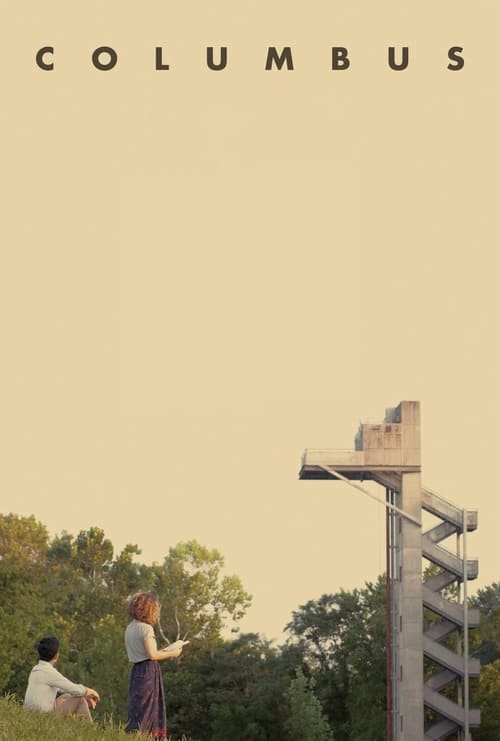
Columbus
When a renowned architecture scholar falls suddenly ill during a speaking tour, his son Jin finds himself stranded in Columbus, Indiana - a small Midwestern city celebrated for its many significant modernist buildings. Jin strikes up a friendship with Casey, a young architecture enthusiast who works at the local library.

Eyes of Hitchcock
When characters stare at the camera in the films of Alfred Hitchcock, the look is almost always associated with the threat of death (through the eyes of a victim, a murderer, a witness). This momentary suspension between death and life is partly what makes Hitchcock the indisputable master of suspense.

Mirrors of Bergman
Filmmaker Kogonada reflects on women and mirrors in the films of Ingmar Bergman.

Wes Anderson: From Above
A visual essay that highlights top-down shots from Wes Anderson's filmography.
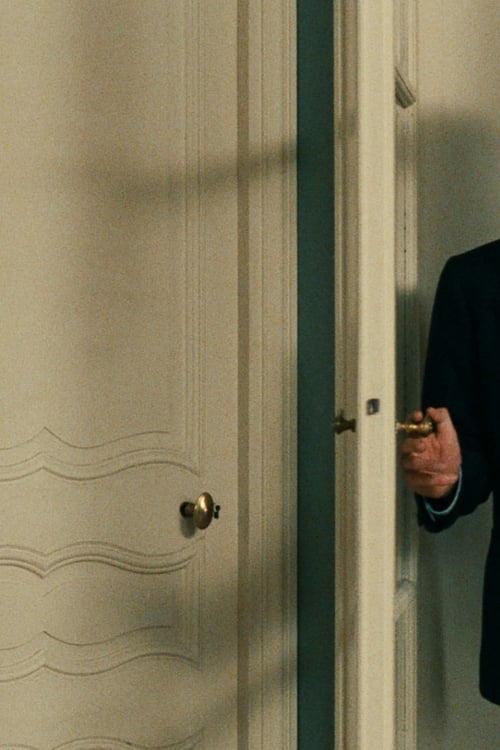
Once There Was Everything
Kogonada looks at how the motif of doors reverberates through Robert Bresson's work.
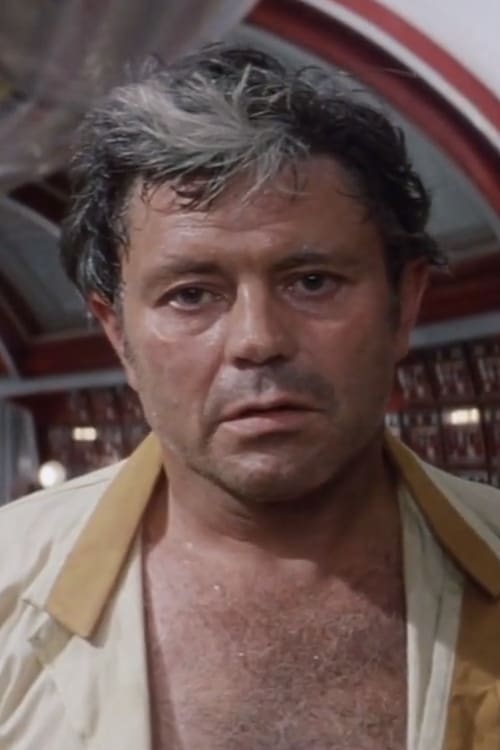
Auteur in Space
A video essay on how Andrei Tarkovsky’s Solaris transcends science fiction.
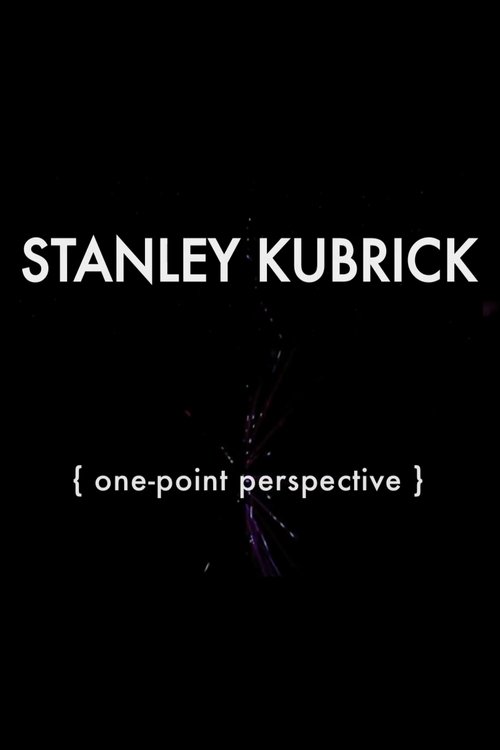
Kubrick: One-Point Perspective
Kogonada's visual essay about the formalistice choices of master filmmaker Stanley Kubrick

What Is Neorealism?
Filmmaker Kogonada unpicks what defines the Golden Age of Italian cinema with a side-by-side comparison of two edits of the same film, one according to Italian director Vittorio De Sica, and the other according to Hollywood producer David O. Selznick.

The World According to Koreeda Hirokazu
The cinema of Koreeda Hirokazu is defined by moments of everyday life. Whatever potential there is for heightened drama – the suicide of a husband, a cult massacre, abandoned children – it is diffused by the familiar rhythms of everydayness. This attention to the everyday must be understood within the context of death, which plays a significant role in all of Koreeda’s films. It is death that deepens our sense of life and makes even the most mundane moment seem profound.

Linklater: On Cinema and Time
If cinema is the art of time, Linklater is one of its most thoughtful and engaged directors. Unlike other filmmakers identified as auteurs, Linklater’s distinction is not found on the surface of his films, in a visual style or signature shot, but rather in their DNA, as ongoing conversations with cinema, which is to say, with time itself. A visual essay produced by Sight and Sound.
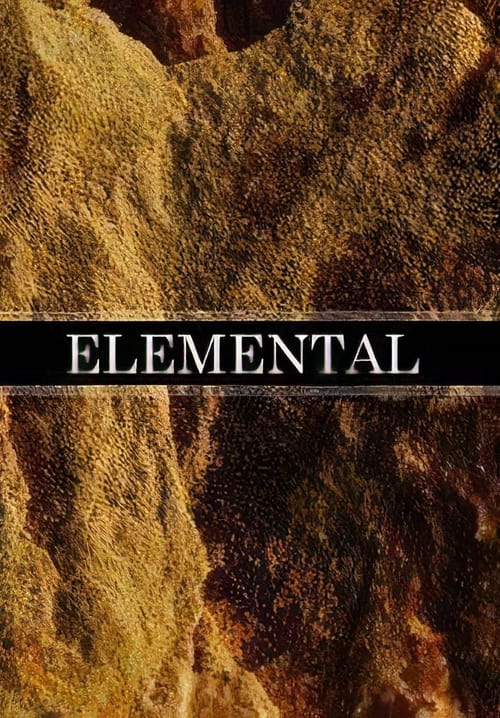
Elemental
40,000 years in the making: Kogonada's video essay created for The Connected Series.